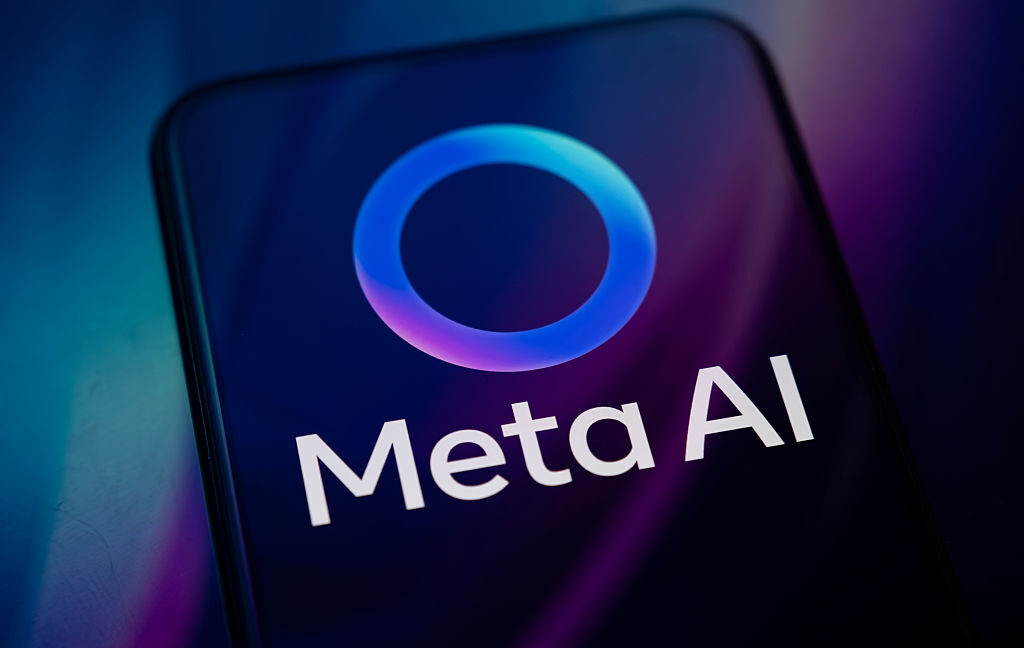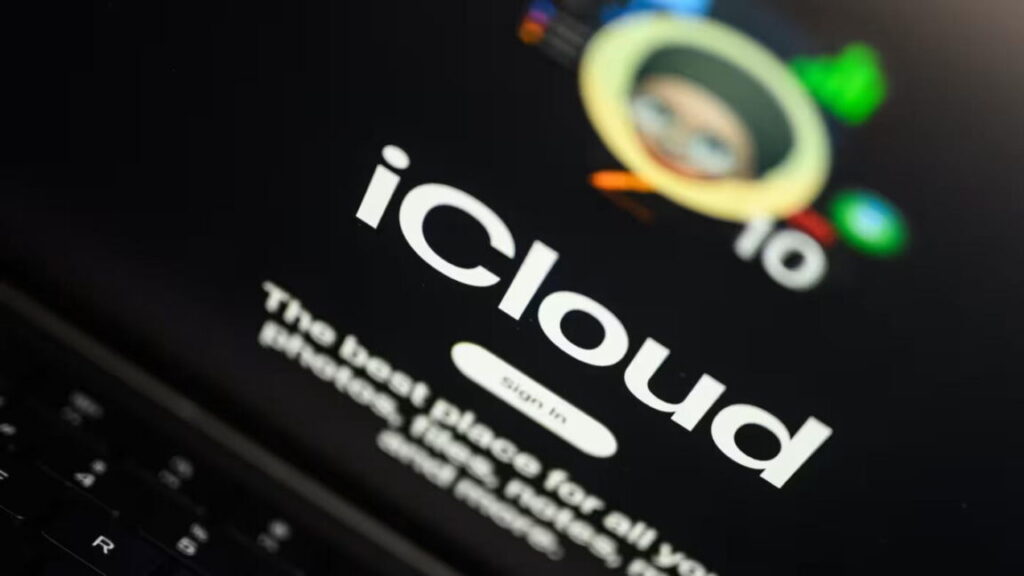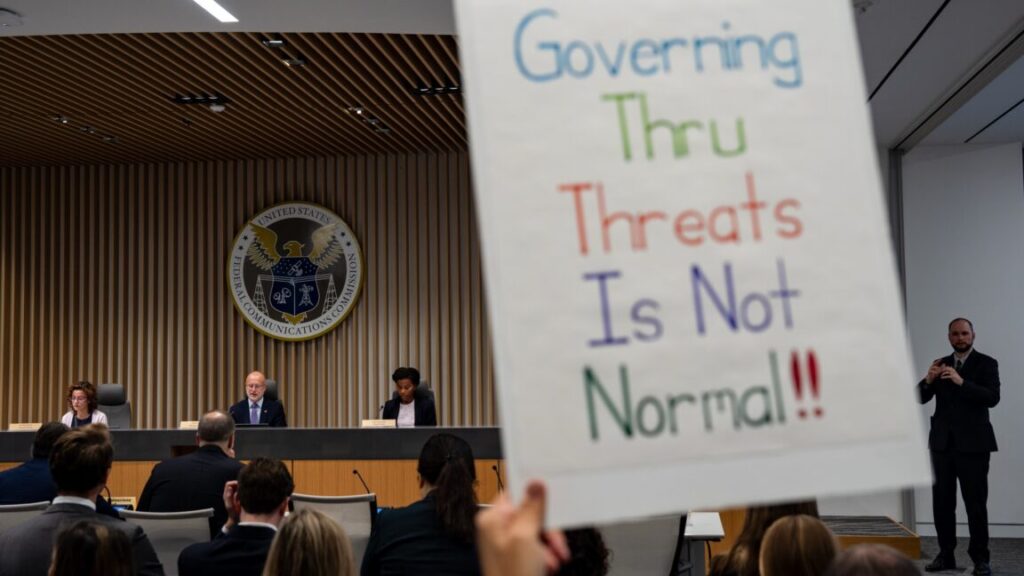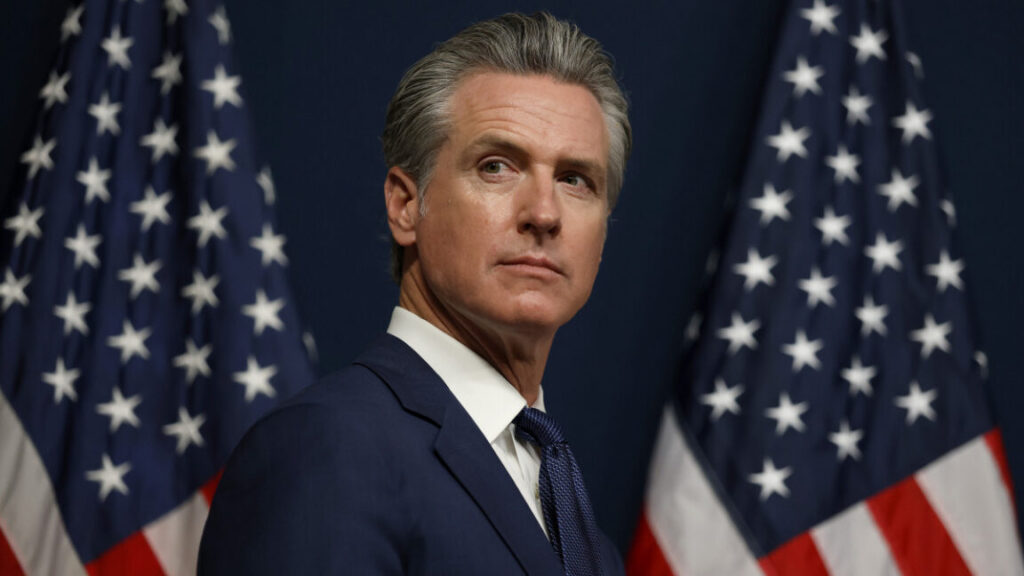Apple removes ICEBlock, won’t allow apps that report locations of ICE agents
Acting on a demand from the Trump administration, Apple has removed apps that let iPhone users report the locations of Immigration and Customs Enforcement (ICE) officers.
“We reached out to Apple today demanding they remove the ICEBlock app from their App Store—and Apple did so,” Attorney General Pam Bondi said in a statement to Fox News yesterday. “ICEBlock is designed to put ICE agents at risk just for doing their jobs, and violence against law enforcement is an intolerable red line that cannot be crossed.”
Apple confirmed it removed multiple apps after hearing from law enforcement. “We created the App Store to be a safe and trusted place to discover apps,” an Apple statement to news organizations said. “Based on information we’ve received from law enforcement about the safety risks associated with ICEBlock, we have removed it and similar apps from the App Store.”
The app removals follow a September 24 shooting at a Dallas ICE facility that resulted in the deaths of two immigrants in federal custody and the shooter. The shooter, identified as Joshua Jahn, “searched apps that tracked the presence of ICE agents,” according to FBI Director Kash Patel.
ICEBlock creator Joshua Aaron disputed claims that his app could have contributed to the shooting. He pointed out that an app isn’t needed to find the locations of ICE facilities.
“You don’t need to use an app to tell you where an ICE agent is when you’re aiming at an ICE detention facility,” Aaron told the BBC. “Everybody knows that’s where ICE agents are.”
Apple cited “objectionable content”
Aaron said he was disappointed by Apple’s decision to remove the app. “ICEBlock is no different from crowd-sourcing speed traps, which every notable mapping application including Apple’s own Maps app [does],” he was quoted as saying. “This is protected speech under the First Amendment of the United States Constitution.”
Apple removes ICEBlock, won’t allow apps that report locations of ICE agents Read More »











